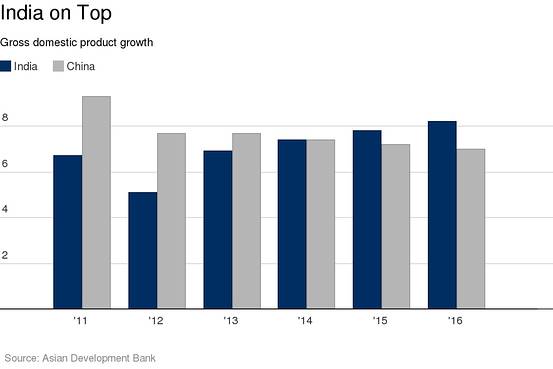I guess creation of ghost towns is not a great idea.
---
India to overtake China as world s fastest growing large economy - Jan. 21 2015
---
India to overtake China as world s fastest growing large economy - Jan. 21 2015
